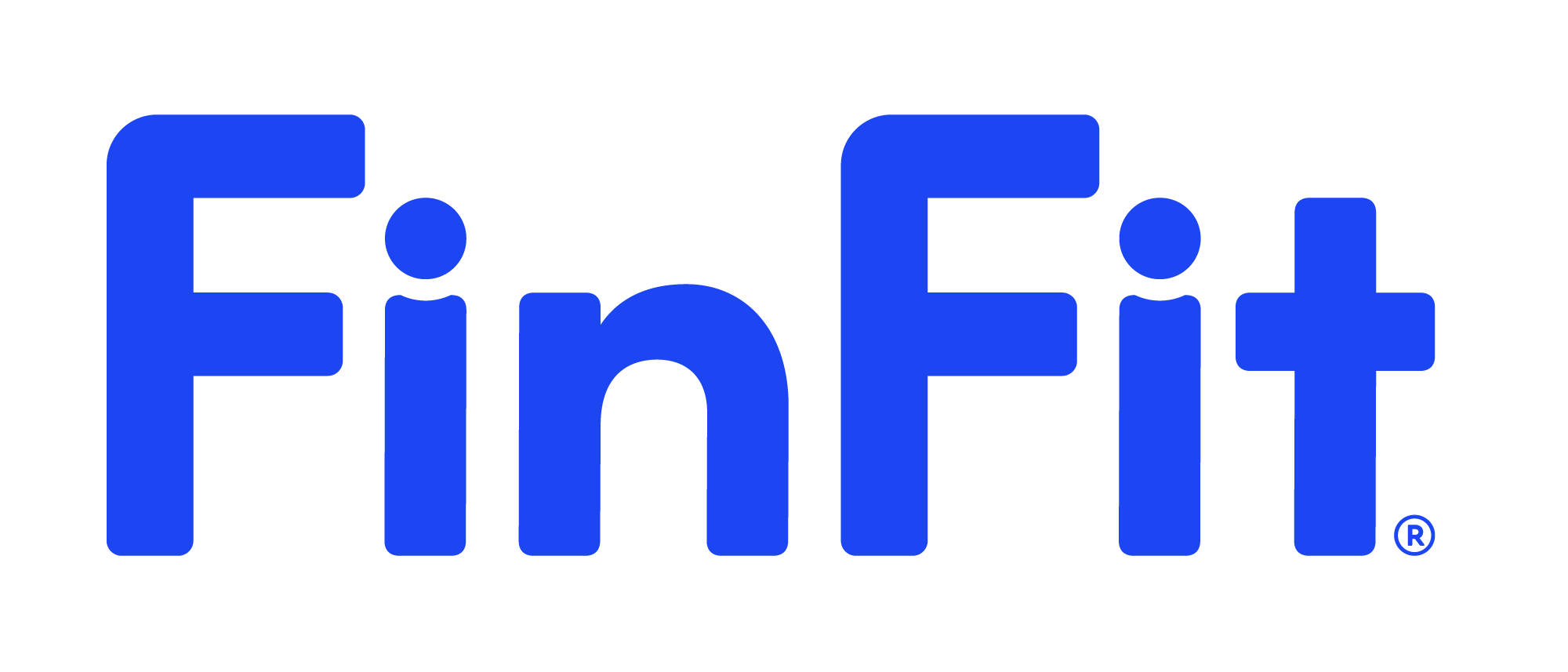Thanksgiving is famous for leftovers. The turkey becomes sandwiches. The mashed potatoes turn into savory pancakes. The cranberries resurface as yogurt topping or jam. We know how to stretch a holiday meal, finding new ways to enjoy what we already have.
But what if we applied the same mindset to our finances?
Most of us have small, forgotten resources sitting idle – unused gift cards, canceled subscriptions, a few extra dollars at month’s end. These are financial leftovers. And just like the food in your fridge, they can go to waste if you’re not paying attention. But with a little intention, they can be repurposed into momentum – fueling savings, reducing debt, or creating space for seasonal joy.
Here’s how to spot, use, and celebrate the hidden value in what you already own.
Where to Find Your Financial Leftovers
Financial leftovers aren’t always obvious. They’re often small, scattered, or overlooked – but they add up.
- End-of-month balances: That $7.53 left in checking after the bills are paid? That’s usable cash.
- Round-ups: The cents left after each purchase on a debit or credit card. Tools like round-up apps can collect and redirect this money.
- Gift cards and store credits: Many households have partially used cards tucked away in drawers or emails.
- Refunds and rebates: Whether it’s a return from a recent purchase or an insurance refund, these are bonus dollars.
- Canceled costs: If you paused a gym membership, dropped a streaming service, or ended a subscription – treat that unspent money as “found funds.”
It doesn’t take a windfall to make progress. It just takes noticing what’s already there.
Put Your Leftovers to Work
Once you’ve spotted your leftover resources, it’s time to give them a job. These aren’t just scraps – they’re ingredients for your financial wellbeing.
- Boost your emergency savings: Even $10 per week adds up over time. Use leftover cash to pad your rainy-day fund.
- Make extra debt payments: A $15 surplus might not seem like much, but applied to high-interest debt, it reduces interest and shortens the payoff timeline.
- Create sinking funds: These are small savings buckets for irregular expenses like car repairs, birthdays, or back-to-school costs. Leftover money is a great way to start them.
- Try micro-investing: Services that let you invest in small amounts – $5, $20, $50 – can slowly build wealth over the long term.
No amount is too small to matter. The key is using it on purpose.
Repurpose More Than Just Money
Your leftovers aren’t limited to dollars. Time, space, and even unused items in your home can be reimagined for financial benefit.
- Time: Fifteen minutes can be enough to call customer service and waive a late fee, cancel a forgotten subscription, or shop around for lower insurance rates.
- Stuff: That kitchen gadget collecting dust or coat you haven’t worn in two years? Sell it online or donate it for a tax deduction or fresh space.
- Food: Plan a “leftovers week” where meals are built from what’s already in the fridge and pantry. It can save $50 or more on groceries.
- Skills: Trade childcare with a friend, offer tutoring or resume help, or repair something for a neighbor. Community swaps often replace cash outflows.
Sometimes repurposing means looking at what’s already around you and asking, “What’s the next best use of this?”
Automate the Leftover Effect
To make the most of your financial leftovers, build systems that do the work for you.
- End-of-week sweep: Every Friday or Sunday, move leftover checking account funds to savings before your next paycheck lands.
- Round-up apps: Apps like Acorns or Chime automatically round up purchases and invest or save the difference.
- Windfall rule: Commit to saving at least half of any bonus, refund, or surprise income. The other half can be used for joy or giving.
- Leftovers ledger: Keep a running list of small wins. Seeing the numbers stack up is a great motivator – and reminds you that your efforts matter.
Automation takes the pressure off willpower and makes progress feel effortles.
Keep It Seasonal and Intentional
You don’t need to hoard every penny. Sometimes repurposing your resources means creating room for seasonal joy – but with intention.
- Treat a friend to coffee.
- Buy supplies for a homemade gift.
- Contribute to a holiday donation drive.
- Set aside money for upcoming travel.
- Create a “joy jar” for small experiences that make winter brighter.
A Personal Challenge: Leftover Remix
Want to see how powerful small choices can be?
- Find one leftover (cash, time, resource).
- Use it for progress (savings, debt, prep).
- Repurpose something non-financial (time, food, skills).
- Automate one small leftover habit.
Track your progress for the month. Total up what you redirected. Most people are surprised by how much they uncover – often $50, $100, or more – without changing their income.
The Bottom Line
Leftovers are more than scraps. They’re hidden value – financial and otherwise – that can be repurposed into meaningful progress. When you start noticing and redirecting small amounts, you begin to build momentum. You spend more intentionally, save more consistently, and feel less pressure to stretch your budget.
Just like the Thanksgiving plate that turns into five delicious meals, your financial leftovers can do more than you think. Waste less, worry less, and build more – one small choice at a time.
 Learn
Learn